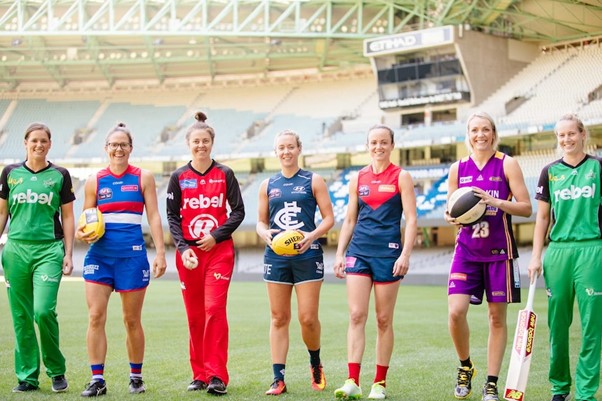Rinta‐Antila, K., Koski, P., Aira, T., Heinonen, O. J., Korpelainen, R., Parkkari, J., Savonen, K., Toivo, K., Uusitalo, A., Valtonen, M., Vasankari, T., Villberg, J. J. & Kokko, S.
Scand. J. Med. Sci. Sports (2023).
This study explored sports-related factors predicting organized sports participation in emerging adulthood. In the Finnish Health Promoting Sports Club (FHPSC) study, 354 sports club participants aged 15 at baseline reported their main sport, onset age, training volume, current competitive level, and future competitive orientation and participated in the follow-up study at age 19. There were differences in the proportions of maintainers and dropouts in a few sports: football (maintainers 58.6%), and among females, skating (maintainers 60.7%), and swimming (dropouts 80.0%). A binary logistic regression analysis showed that those who had started their main sport by school age (females OR 3.05/95% CI 1.34, 6.98; males OR 3.97/95% CI 1.48, 10.64) and had competed at national top level plus had aimed at success at the adult level competitions in future (females OR 3.42/95% CI 1.16, 10.09; males OR 3.58/95% CI 1.12, 11.41; among females, also had competed at national top level plus had aimed at success at junior level competitions [OR 3.42/95% CI 1.20, 9.78]) were more likely maintainers than dropouts. Early onset in the main sport and competitiveness were related to maintained sports participation while the opposites were related to dropouts in the current organized sports system.

